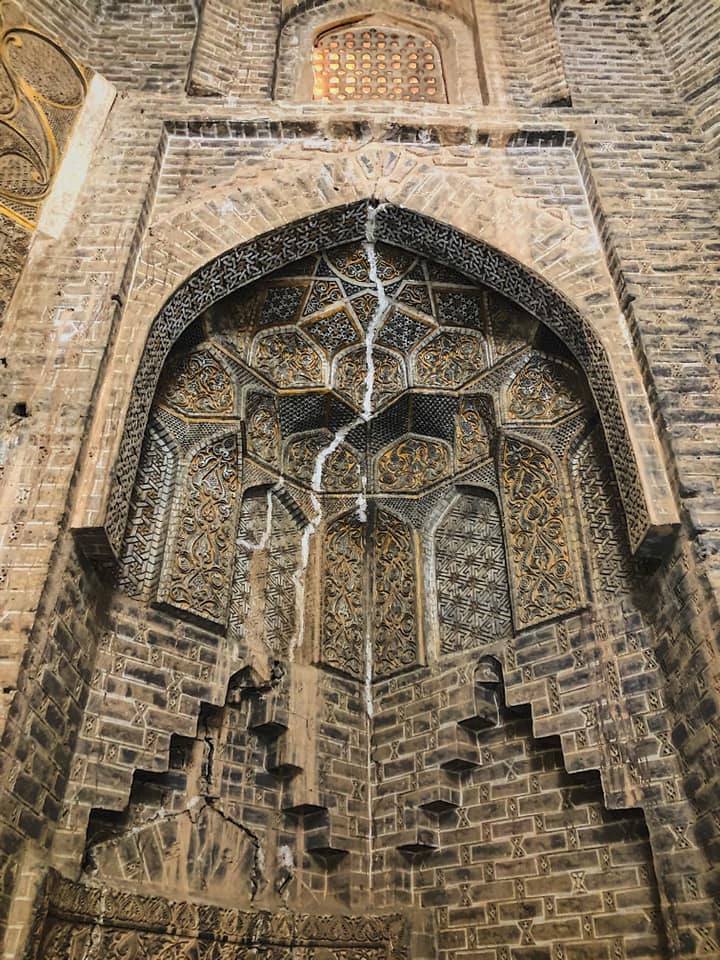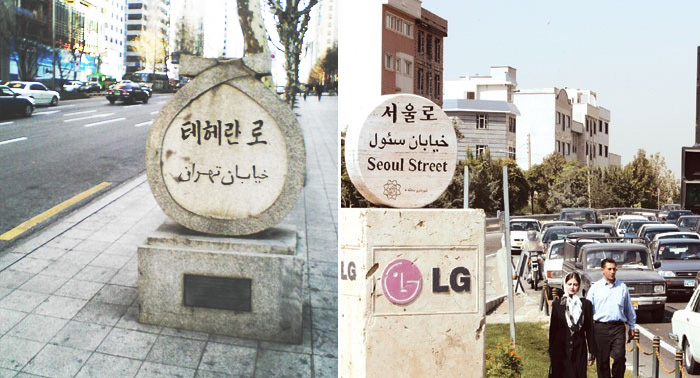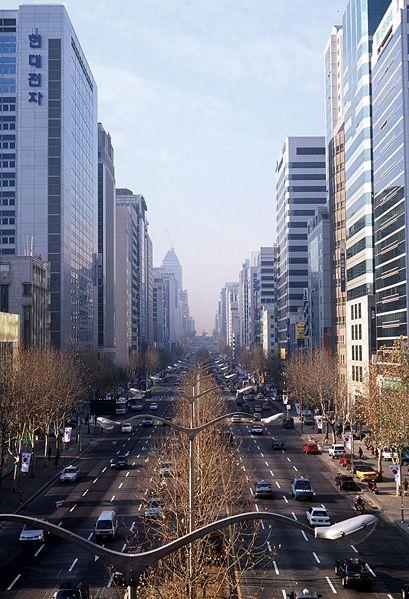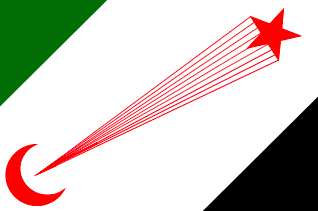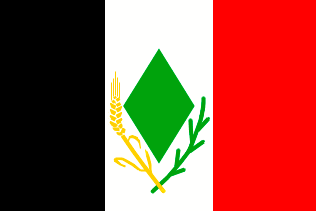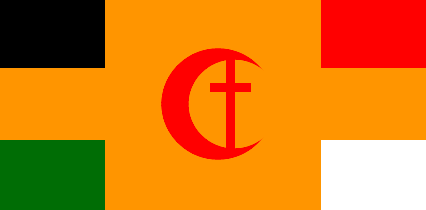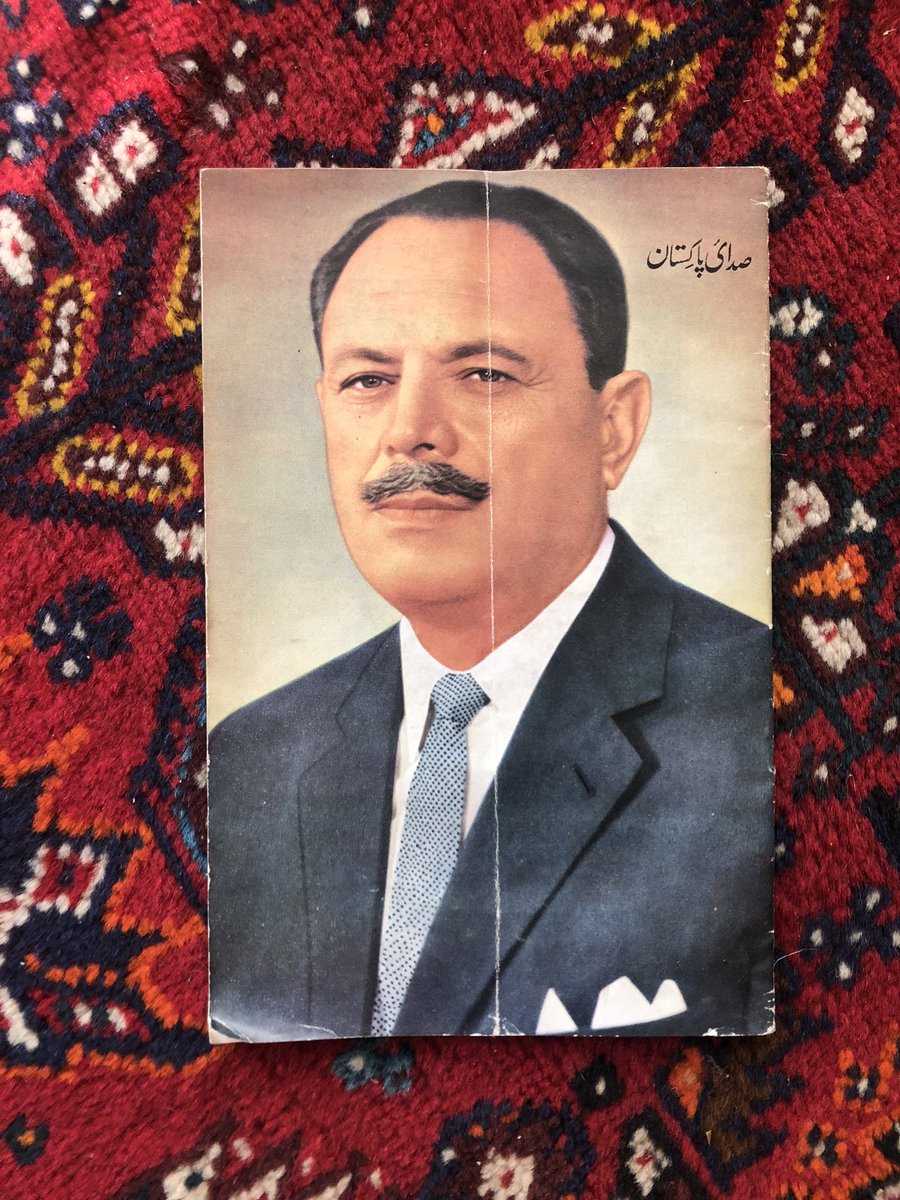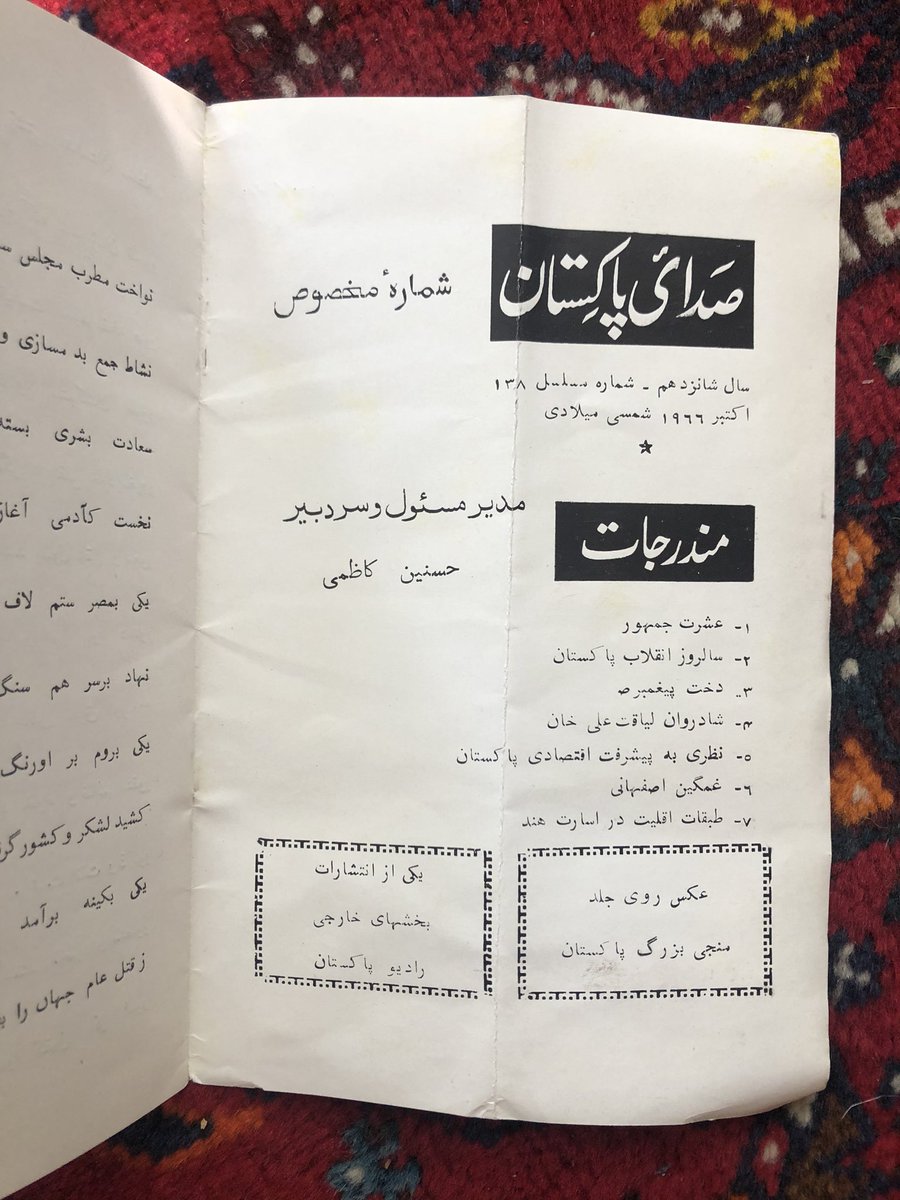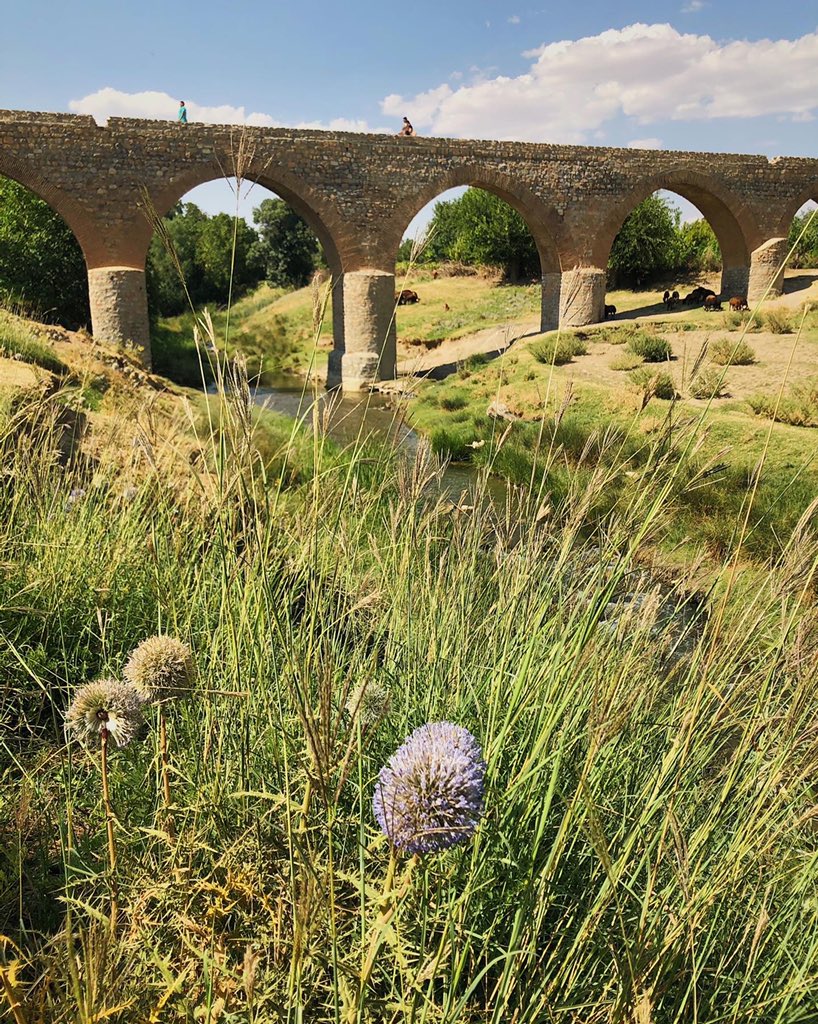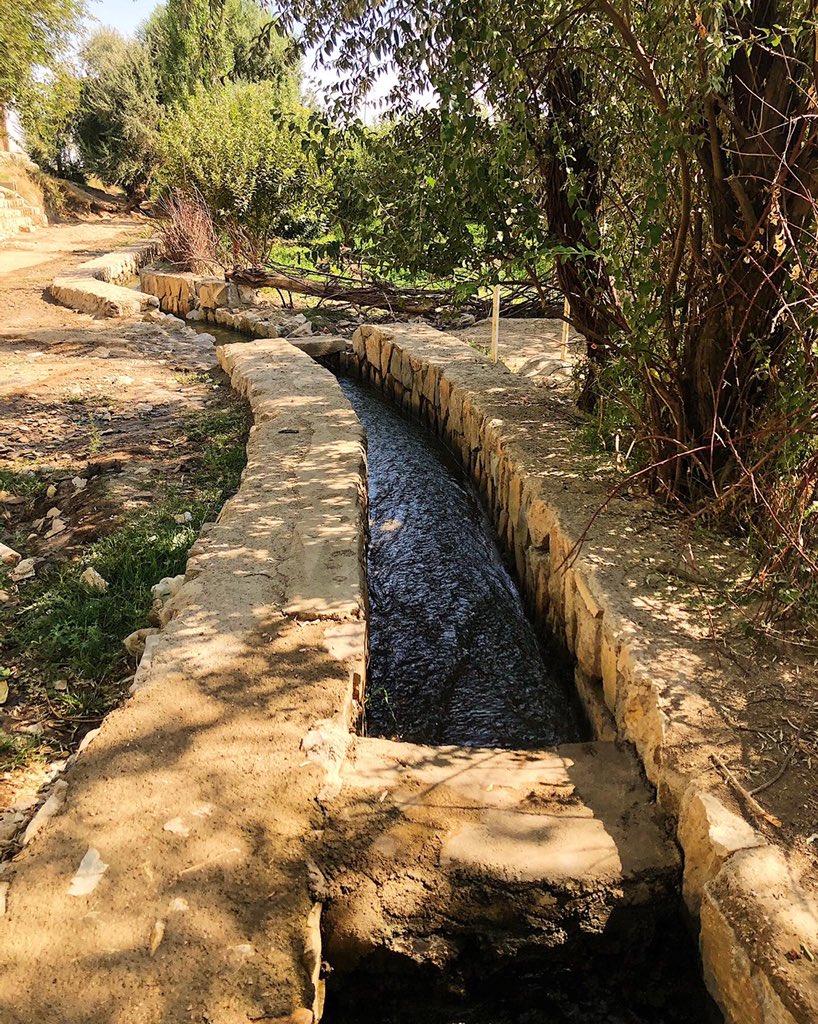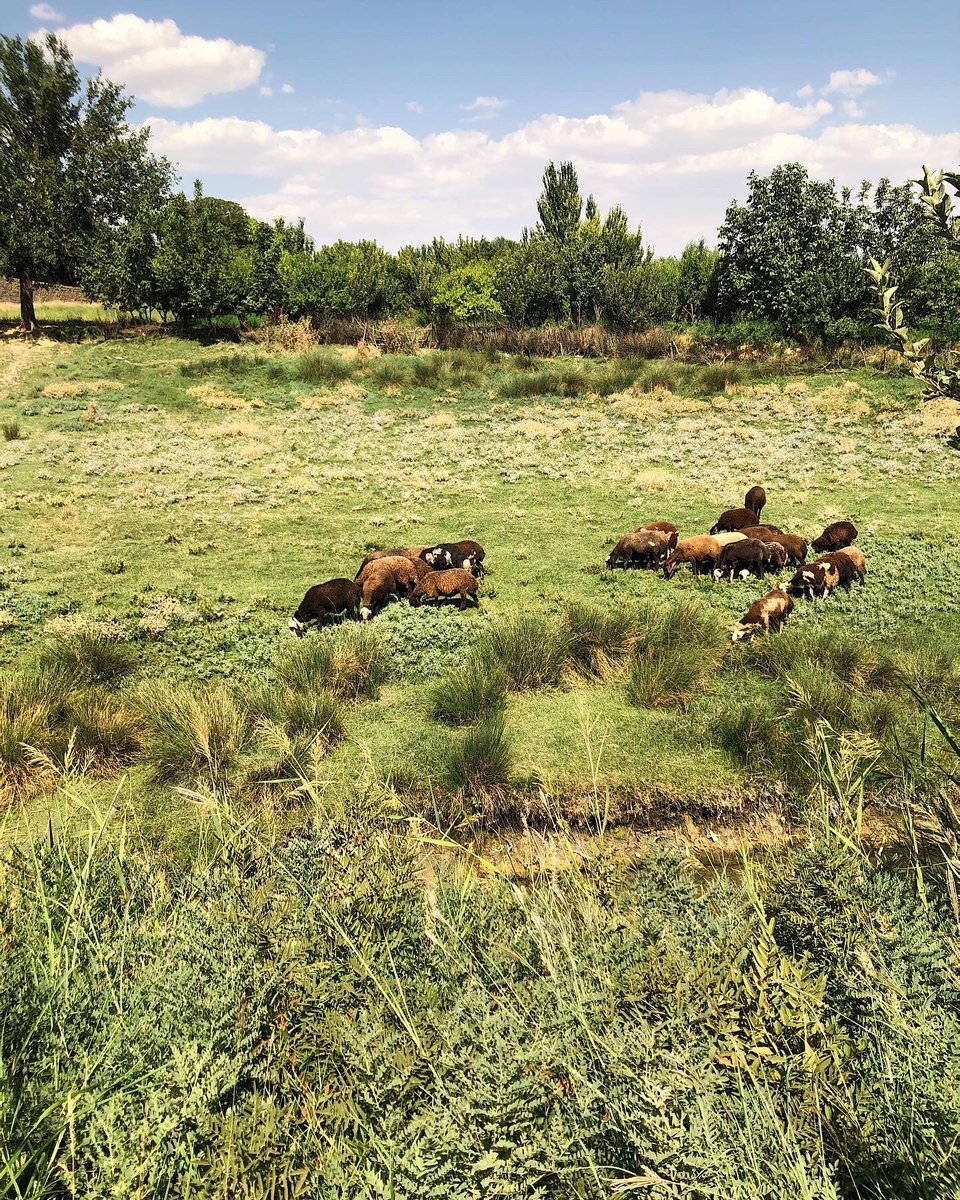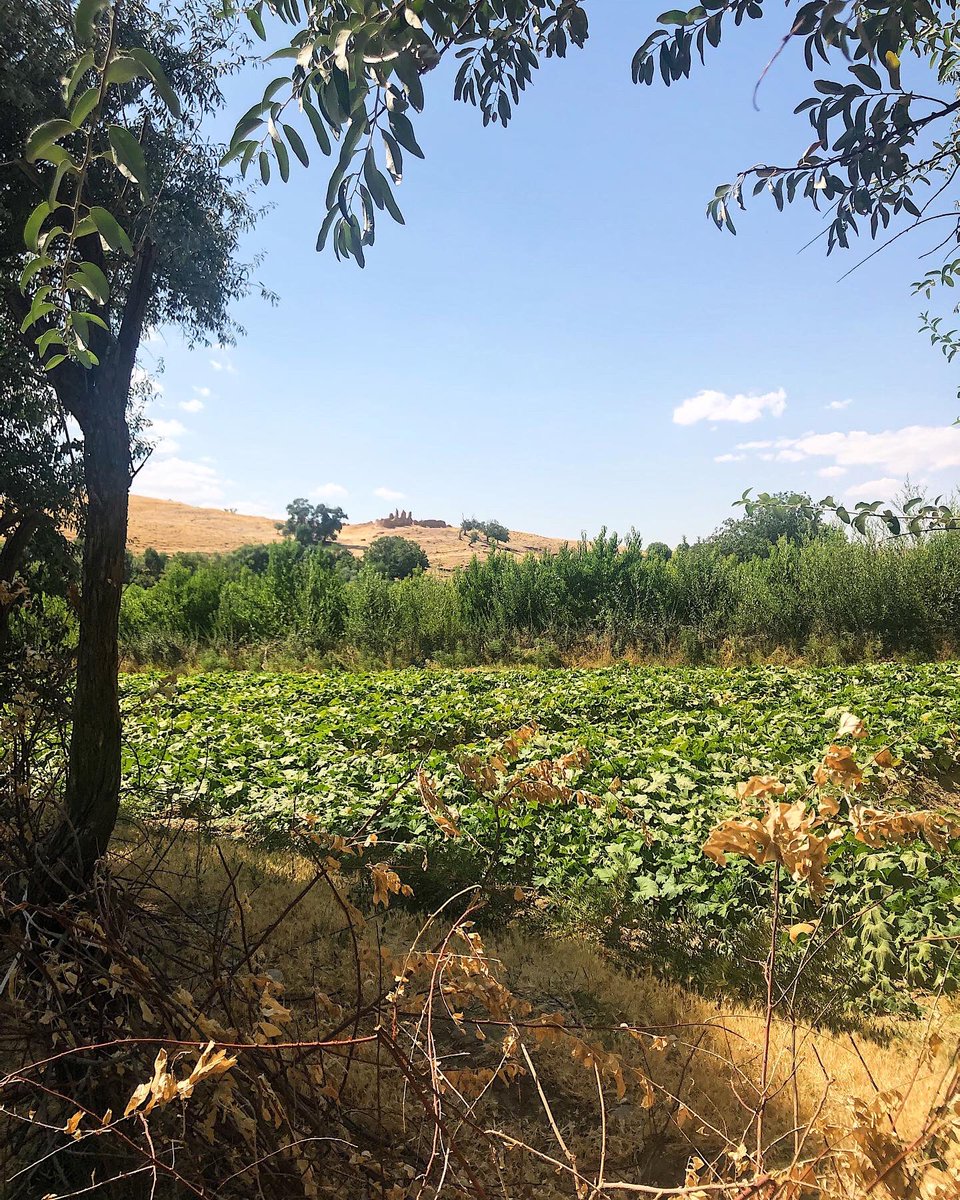
The history of the Sikh community in Iran, historically based in Iranian Baluchistan.
It's said that Zahedan ("Ascetics") was renamed in their honor (from Dozdab, meaning "water-thieves").
Today most Iranian Sikhs live in Tehran, home to a gurudwara.
scroll.in/magazine/10122…
It's said that Zahedan ("Ascetics") was renamed in their honor (from Dozdab, meaning "water-thieves").
Today most Iranian Sikhs live in Tehran, home to a gurudwara.
scroll.in/magazine/10122…
For more information, here's an academic paper about the Sikh community in Zahedan, focused on the languages (mostly Persian and Punjabi) that they speak
ijli.uoz.ac.ir/article_33195_…
ijli.uoz.ac.ir/article_33195_…
Excellent piece tracing the Sikh Iranian community's emergence in the early 20th century
"Despite the British and Iranian ambivalence toward border crossers, Sikhs thrived while participating in global networks of Indian anticolonialists."
read.dukeupress.edu/cssaame/articl…
"Despite the British and Iranian ambivalence toward border crossers, Sikhs thrived while participating in global networks of Indian anticolonialists."
read.dukeupress.edu/cssaame/articl…
And for more on Iran-South Asia connections and how they evolved in the 20th century, an article I wrote on the topic:
https://twitter.com/alexshams_/status/1420448344225112064
Neighboring Iraq is home to a Sikh holy site, a shrine that marks the site of Guru Nanak's visit to Baghdad in the 16th century that was rediscovered by British Indian Sikh soldiers in the mid-20th century
https://mobile.twitter.com/alexshams_/status/1363798385828970496
• • •
Missing some Tweet in this thread? You can try to
force a refresh




